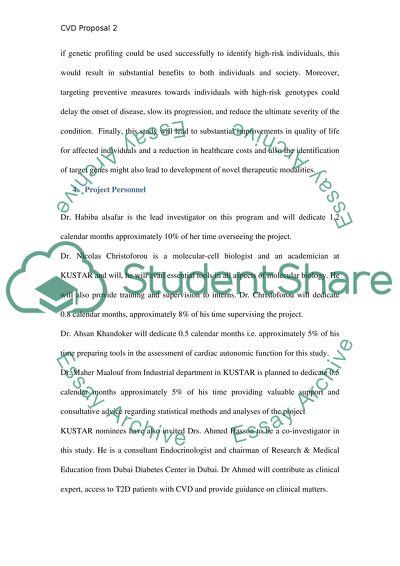Cite this document
(Diabetes as One of the Fastest Growing Debilitating Disease in the Research Paper, n.d.)
Diabetes as One of the Fastest Growing Debilitating Disease in the Research Paper. Retrieved from https://studentshare.org/health-sciences-medicine/1439483-cvd-proposal
Diabetes as One of the Fastest Growing Debilitating Disease in the Research Paper. Retrieved from https://studentshare.org/health-sciences-medicine/1439483-cvd-proposal
(Diabetes As One of the Fastest Growing Debilitating Disease in the Research Paper)
Diabetes As One of the Fastest Growing Debilitating Disease in the Research Paper. https://studentshare.org/health-sciences-medicine/1439483-cvd-proposal.
Diabetes As One of the Fastest Growing Debilitating Disease in the Research Paper. https://studentshare.org/health-sciences-medicine/1439483-cvd-proposal.
“Diabetes As One of the Fastest Growing Debilitating Disease in the Research Paper”, n.d. https://studentshare.org/health-sciences-medicine/1439483-cvd-proposal.


